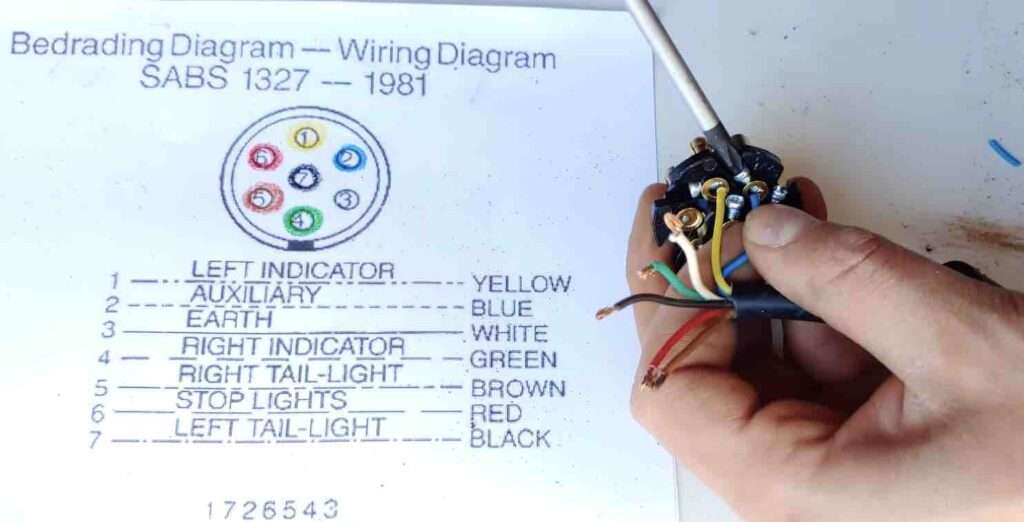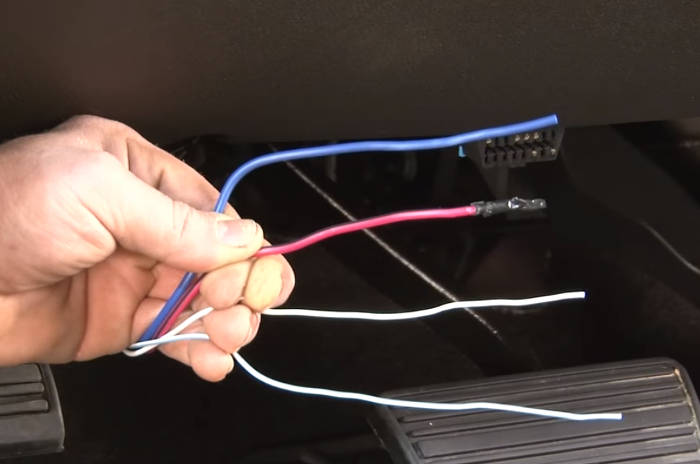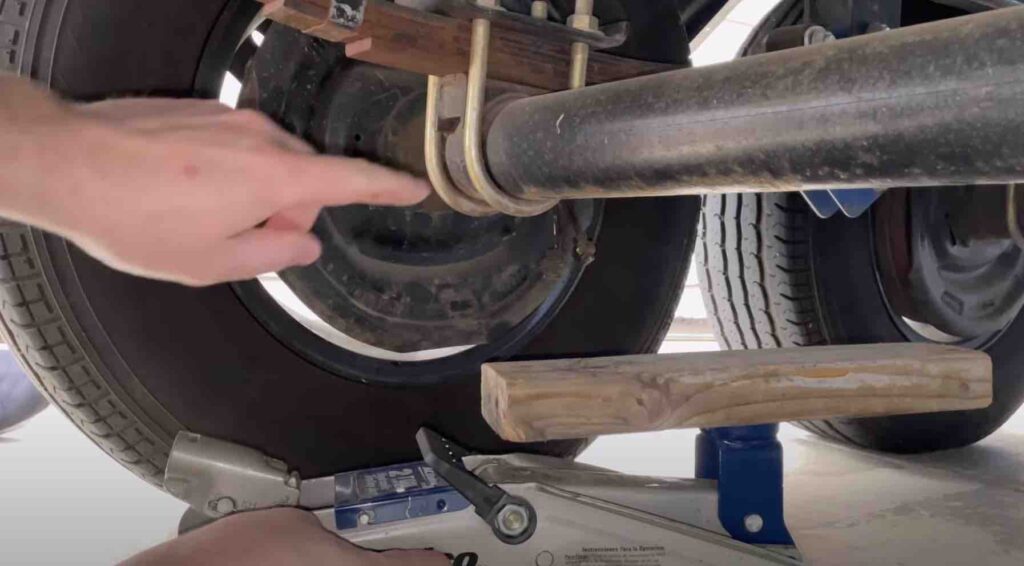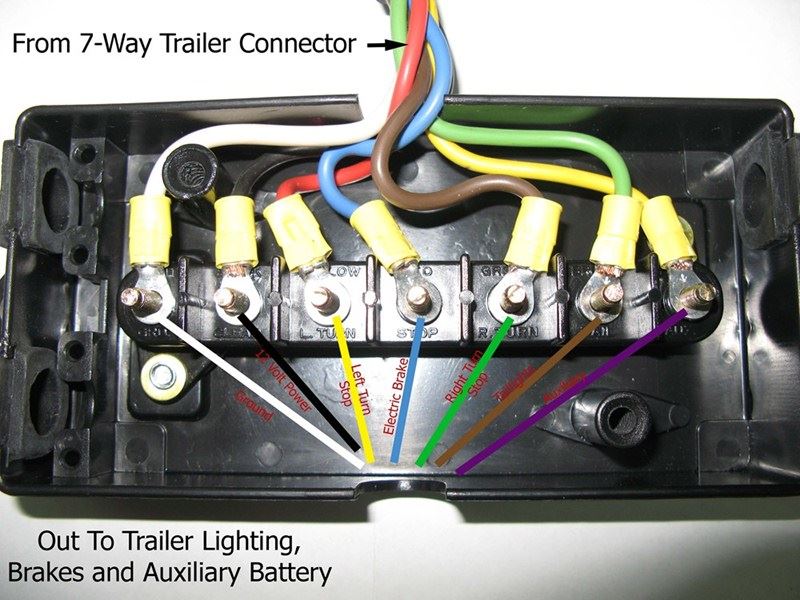Last updated on January 12th, 2023 at 09:28 am
Trailer brakes slow down a vehicle when it reaches its destination. They are usually attached to the rear wheels of the trailer. There are three types of trailer brakes: electric, mechanical, and surge.
Electric brakes are used to slow down or stop a vehicle. They work by converting electrical energy into kinetic energy. When activated, they apply pressure to the brake pads, causing friction between the pads and the wheel rims. This generates heat and causes the wheels to slow down.
Surge brakes stop the vehicle from moving forward when the driver releases the accelerator pedal. They apply pressure to the brake pads, causing friction between them and the rotor. This friction slows down the rotation of the wheels and causes the car to stop.
Mechanical brakes slow down or stop a vehicle by applying friction between the tires and the road surface. They are designed to work well at low speeds and are usually activated by hand levers or foot pedals.
What is the color code for trailer wiring?
Trailer wiring is the electrical wiring inside a trailer. There are two types of trailer wiring: ground wire and a neutral wire. A ground wire is used to connect the battery’s negative terminal to the vehicle’s chassis. A neutral wire is used to connect both positive terminals of the batteries. This allows the trailer to run off the same electrical current as the tow vehicle.
7-way trailer plug color code
- White
The color white indicates that the wire is connected to the ground. This means that the wire is grounded at both ends. Grounding wires are necessary to prevent electrical shock.
- Black
Black is used for indicating tail lights.
- Red
Red is used to indicate an auxiliary power/stop light.
- Yellow
Yellow is used to indicate a left turn signal light.
- Brown
The brown color means tail lights or possible side pointers.
- Green
The green color shows a right turn signal or light.
- Blue
The blue color signifies electric breaks or hydraulic release.
how to wire for trailer brakes
How to wire for trailer brakes: (How to wire trailer brakes 7-way)
The first step in wiring a trailer brake is to remove the existing wires from the brake pedal. Next, cut off the old wires at the brake pedal. Then, attach new wires to the brake pedal. Make sure the new wires are connected to the correct terminals on the brake pedal. Then connect the battery’s positive terminal to the brake pedal’s negative terminal.
However, instead of cutting off the old wires at their connection point, disconnect them from the brake pedal and reconnect them to the trailer brake. This method allows you to reuse the original wires.
To connect the new brake cable, follow these steps. Cut the end of the cable where it connects to the brake shoe assembly and crimp it shut. Then, thread the cable through the hole in the brake pedal bracket.
Ensure the cable is threaded through the bracket and into the brake pedal. Thread the nut onto the cable and tighten it down. Tighten the nut until it feels snug but doesn’t bind. Repeat this process for the remaining holes in the bracket.
Next, install the brake shoe assembly back onto the drum. Use the existing holes in the bracket to align the holes in the brake shoe assembly. Install the nuts onto the cable and tighten them down. Tighten the nuts until they feel snug but don’t bind.
7-way trailer wiring diagram with brakes
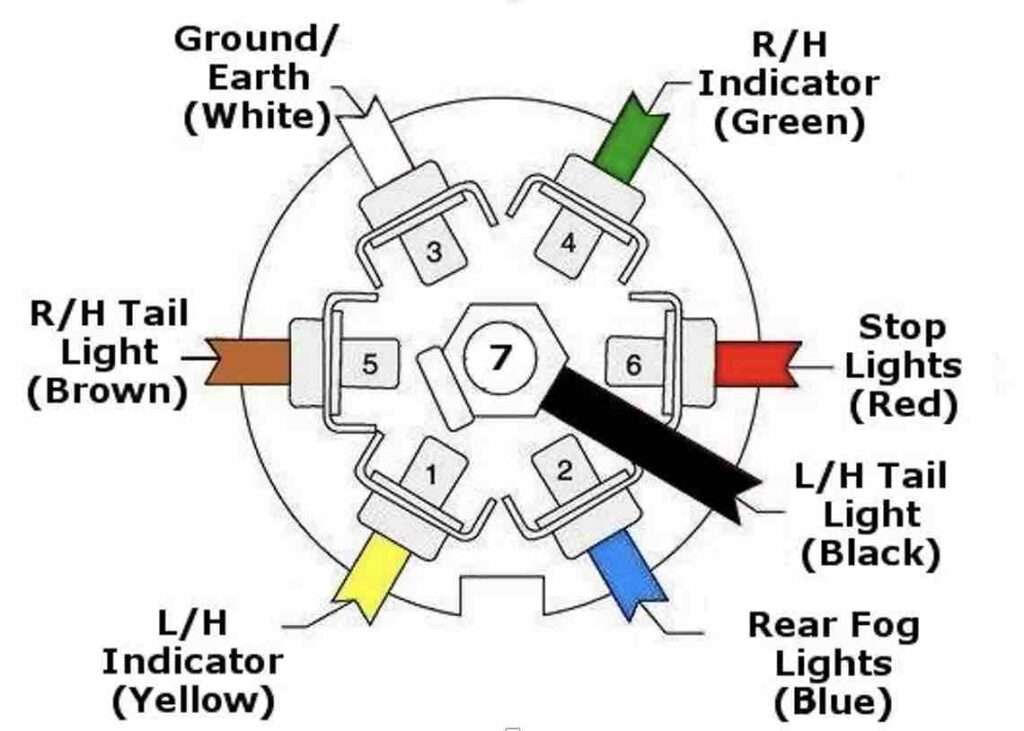
How to wire for trailer brakes 7-way
Step 1: Get ready for trailer wiring installation
Make sure that you have everything necessary to wire your trailer.
- To organize and secure your wiring, use a junction box
- In case your trailer is disconnected, a breakaway set
- To control trailer braking, a brake controller
You can buy replacement lights if you have to. Trailer lights Use a complete trailer light kit The kit will include all the wiring. You can remove old lights before you start the new installation. 7-way harness. Pictured:
Step 2: Locate and Install the Junction Box
If your trailer has a junction box and you are replacing wiring, locate it. It is usually located near the front. If you are installing a new terminal, remove the nuts. Junction box Find a location that is suitable for installation. For example, on the trailer tongue’s an inside edge.
You can attach the new wiring harness to your existing wiring by simply tying it to the box. Locate the junction box, and then remove the nuts from each terminal.
Step 3: Connect your trailer to the Internet
NOTE: Try to refer to the instructions provided by the manufacturer for any wiring harness you are using. Each wire’s function will be identified in the instructions. It is not always possible to match wire functionality solely by color.
A JUNCTION BOX – Remove the nuts from each junction box stud if you are replacing an existing 7-way connector. Remove the nuts from each junction box stud if you are replacing wiring.
Crimper. Next, crimp Ring terminals. Place the new wiring. The terminals should be placed on the corresponding studs within the junction box (ground-to-ground, brake-to-brake, etc.). Reinstall the nuts once you are done. Secure any wire that is left over with Wire clips.
How do you wire a 7-pin flat trailer with electric brakes?
Here are the steps execute:
Remove the old wiring.
You need to remove the old wiring from the trailer. This should be done before any work begins. Two wires run from the battery to the brake controller. One runs from the battery’s positive terminal to the brake controller’s negative terminal. The second wire connects the positive terminal of the brake controller to ground.
Install the new wiring
Install the new wiring after removing the old wiring. Connect the red wire from the battery to the positive terminal of the controller. Next, connect the black wire from the battery to the ground. Finally, connect the white wire from the controller to the negative terminal of its brake controller.
Test the brakes
Once the new wiring is installed, test the brakes. Turn off the ignition and disconnect the battery. Then turn on the ignition and press the brake pedal. If the brakes work properly, then you’re ready to move forward.
Where does the brake wire go on a 7-pin trailer plug?
The brake wire goes from the master cylinder to the brakes. This is usually done using a pair of wires called brake leads. They connect the master cylinder to the brake calipers.
There are two types of brake leads, depending on whether they are connected to the inside or outside of the wheel cylinders. Inside leads connect the master cylinder to a single-wheel cylinder. The outside leads to connect the master cylinder directly to the caliper.
The Trailer Plug
Trailer plugs are used to connect the trailer wiring harness to the vehicle wiring harness. They are located under the bumper and behind the license plate. In some vehicles, they are hidden under the bumper cover.
When connecting the trailer plug to the vehicle wiring harness, you should follow the same procedure as for the brake lead. First, determine where the brake wire connects to the master cylinder. Then, identify the brake leads and attach them to the appropriate terminals on the trailer plug.
Does a 7-pin trailer plug control brakes?
Yes. A 7-pin trailer plug controls the brakes. This standard trailer plug is used on many different makes and models of trailers. There are two types of plugs; a 6-pin plug and a 7-pin plug. Both work the same, but the 7-pin plug is considered superior due to its larger size. A 6-pin plug is smaller than a 7-pin plug and does not offer enough current to operate the brakes.
What color wire is ground on trailer with brakes?
“White indicates a grounded wire. Grounded wires are usually connected to the frame of the vehicle. They help prevent static electricity from building up on the vehicle.
Which pin is for trailer brakes?
Pin 2 is the parking brake. It is a device that prevents the wheels from turning while parked. It is typically operated by pressing a lever on the floorboard or steering column. It is designed to prevent vehicle movement when stopped on level ground.
Pin 6 is the brake pedal. When you press down on this pedal, it engages the brakes. This is what stops your car from moving forward. Trailer brake pins connect the trailer braking mechanism to the vehicle.
What is “S” on a trailer plug?
“S” means “Trailer Brakes.” Trailer brakes are intended to slow down the speed of a vehicle and prevent it from moving. Trailer brakes apply pressure against the trailer tires, causing friction between the tire treads and the brake pads.
How do you wire trailer lights and brakes?
Trailer lights and brake lights are wired differently. Brake lights are usually connected directly to the battery, while trailer lights are usually connected to the battery’s positive terminal. Trailer lights are always connected to the ground.
Disrupt the negative lead from the battery to connect your trailer lights and brakes. Then attach the red lead from the trailer light to the battery’s negative terminal.
Next, connect the black lead from the trailer light to the positive terminal of the trailer light. To end with, connect the green lead from the trailer brake to the positive terminal of your trailer brake.
What is TM on trailer wiring?
“TM” means Park Lights. Park lights are used to illuminate areas around the vehicle. They are usually placed near the front of the vehicle. They help drivers park their vehicles and navigate through parking lots.
Are all 7-pin trailer connectors wired the same?
Yes, they are! But each color represents a specific wire type.
What color is the brake controller wire?
Blue is for the brake controller output. The brake controller output is the signal that tells the brakes to apply pressure to the wheel. This is usually done through a solenoid valve.
What color wire is for brake lights?
Green is the standard color for brake lights. This means that the wires are connected at both ends. This color is used for positive (+) and negative (-) terminals.
What color is ground on a 7-pin trailer?
The white color is known for the ground wire on a 7-pin trailer.
Conclusion
Trailer brakes are used to slow down or stop a vehicle. They are usually attached to the rear of a truck or car. They apply pressure to the brake pads when activated, causing friction between the wheel and the road surface.
This slows the vehicle down, allowing the driver to react and take action. I hope you find this post on how to wire for trailer brakes to be helpful.
Read this Related:
Is Changing Tire Size On Same Rim Ok?

Uchenna is a Radiographer and Auto parts mechanic who recently got his automotive diploma as an auto repair technician, and since then, has worked on fixing various car problems.
Working as just a radiographer, Uchenna didn’t just get all the fulfillment he desired, because he truly loved doing things tilted toward cars. As a kid, he would take apart his toy cars to see how they worked and would spend hours tinkering with his bike.
So, in 2017 he made the tough decision to become an auto mechanic. He threw himself into his studies and now loves every aspect of what he does.
He gets to work with his hands, solving problems and bringing cars back to life, and sharing his knowledge and easy quick-fix guide online are all part of what makes him feel fulfilled.

